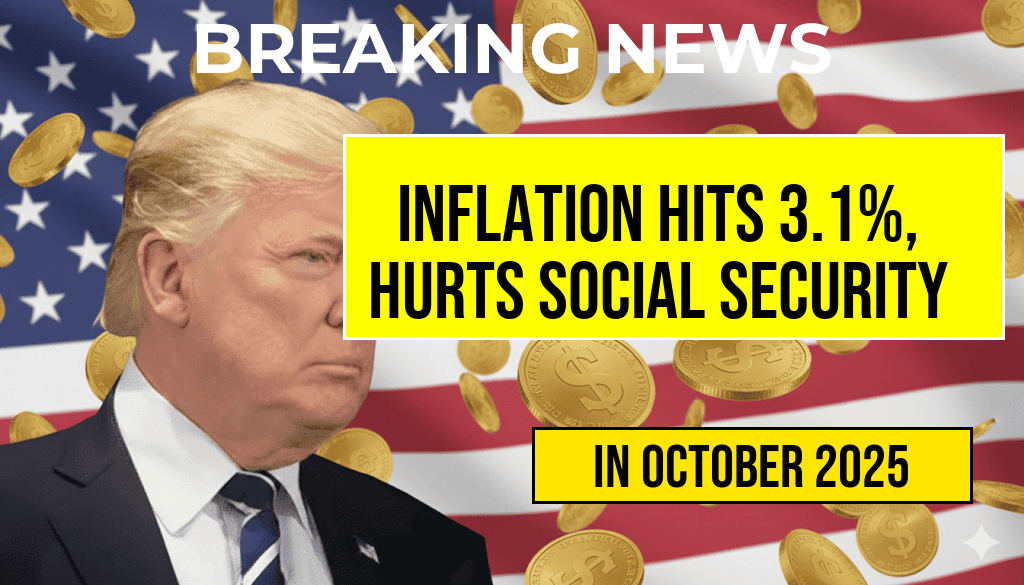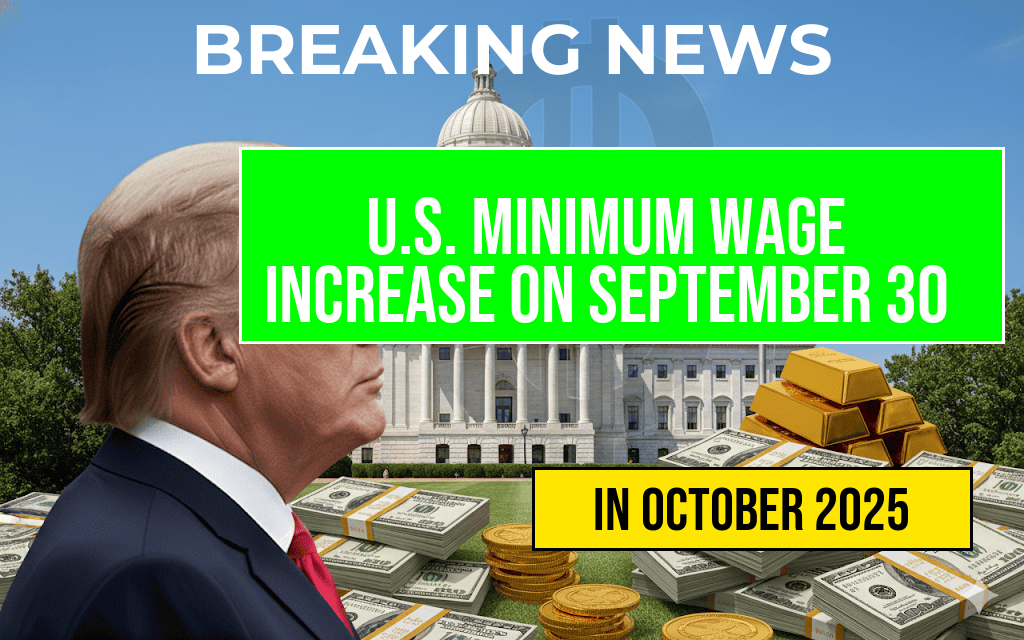In a significant economic development, the U.S. Bureau of Labor Statistics reported that the Core Consumer Price Index (CPI) has reached 3.1% as of last month, raising concerns among retirees and those relying on government support. This rise in inflation undermines the recent $49 increase in Social Security benefits, which many beneficiaries had hoped would alleviate financial pressures. The increase, effective as of January, was intended to help seniors cope with rising living costs, but the current inflation rate suggests that the additional funds may not stretch as far as intended. With everyday expenses on the rise, the purchasing power of Social Security benefits is increasingly at risk, prompting calls for further adjustments to meet the realities of today’s economy.
The Impact of Core CPI Inflation
The Core CPI, which excludes volatile food and energy prices, serves as a critical indicator of underlying inflation trends. The recent 3.1% increase marks a continuation of inflationary pressures that have persisted over the past year. As essential goods and services become pricier, those on fixed incomes, such as retirees, face difficult choices regarding their budgets.
What Drives Core CPI Growth?
- Housing Costs: Rising rents and home prices continue to place a strain on budgets.
- Healthcare Expenses: Increases in medical care costs are particularly challenging for seniors.
- Transportation: Elevated prices for vehicle maintenance and public transportation contribute to the overall inflation rate.
Understanding the Social Security Increase
The recent adjustment of $49 to Social Security benefits was intended to reflect increased living costs. This adjustment is part of the Cost-of-Living Adjustment (COLA) that Social Security recipients receive annually, based on changes in the Consumer Price Index. While any increase is welcome news, the current pace of inflation raises questions about its sufficiency.
The Realities of Fixed Incomes
For many retirees, the Social Security increase is a vital source of support. However, with the current inflation rate, the value of this increase may be diminished. According to a report from the Forbes Advisor, the purchasing power of Social Security benefits has been eroded over the years by persistent inflation, making adjustments increasingly critical.
Public Reaction and Future Considerations
Reactions from the public and financial experts have been mixed. Many retirees express frustration that their benefits do not keep pace with inflation, leading some advocates to call for more significant reforms to the Social Security system. “The current adjustments are simply not enough to keep up with real-life expenses,” said Emily Rodriguez, a spokesperson for the National Committee to Preserve Social Security and Medicare.
Potential Solutions
Several proposals have emerged to address the concerns surrounding Social Security and inflation:
- More Frequent Adjustments: Advocates suggest that COLA should be adjusted more frequently than once a year to better reflect real-time economic changes.
- Enhanced Benefits: Some lawmakers are considering legislation that would provide greater increases to Social Security benefits in response to high inflation rates.
- Inflation-Linked Bonuses: Temporary bonuses linked to inflation rates could provide immediate relief to seniors.
Looking Ahead
The Federal Reserve’s ongoing efforts to control inflation through interest rate adjustments may have a long-term impact on the economy and the purchasing power of Social Security benefits. As the Fed navigates its monetary policy, the implications for retirees and fixed-income households remain a critical concern.
| Month | Core CPI (%) |
|---|---|
| January 2023 | 2.9 |
| February 2023 | 3.0 |
| March 2023 | 3.1 |
| April 2023 | 3.0 |
As inflation continues to pose challenges, policymakers must consider the long-term implications for Social Security and the millions who depend on it. Addressing the needs of retirees in the face of rising costs will be essential for ensuring financial stability for one of the most vulnerable segments of the population.
For more information on inflation and its impact on Social Security, visit NAS.gov.
Frequently Asked Questions
What does a 3.1% inflation rate mean for Social Security beneficiaries?
A 3.1% inflation rate indicates that the cost of living is increasing, which can diminish the purchasing power of Social Security benefits. Despite a $49 increase in benefits, inflation may offset the real value of this increase.
How does the Core CPI impact Social Security adjustments?
The Core CPI measures price changes in a basket of goods and services, excluding food and energy. This metric helps determine cost-of-living adjustments for Social Security, affecting how much beneficiaries receive.
Why is the $49 increase in Social Security not enough?
The $49 increase in Social Security may not be sufficient to keep up with rising prices due to inflation at 3.1%. As prices increase, beneficiaries may find that their increased benefits do not cover their expenses adequately.
What should beneficiaries do in light of rising inflation?
Beneficiaries can explore budgeting strategies, seek additional income sources, or look into community resources to help manage their expenses due to rising inflation rates and the limited increase in Social Security benefits.
Will future Social Security increases keep pace with inflation?
While Social Security increases are intended to keep pace with inflation, the actual adjustments depend on economic conditions and the metrics used, such as the Core CPI. Future increases may vary based on these factors.











